Home>Articles>What Is The Best Way To Keep Hand Tools From Rusting
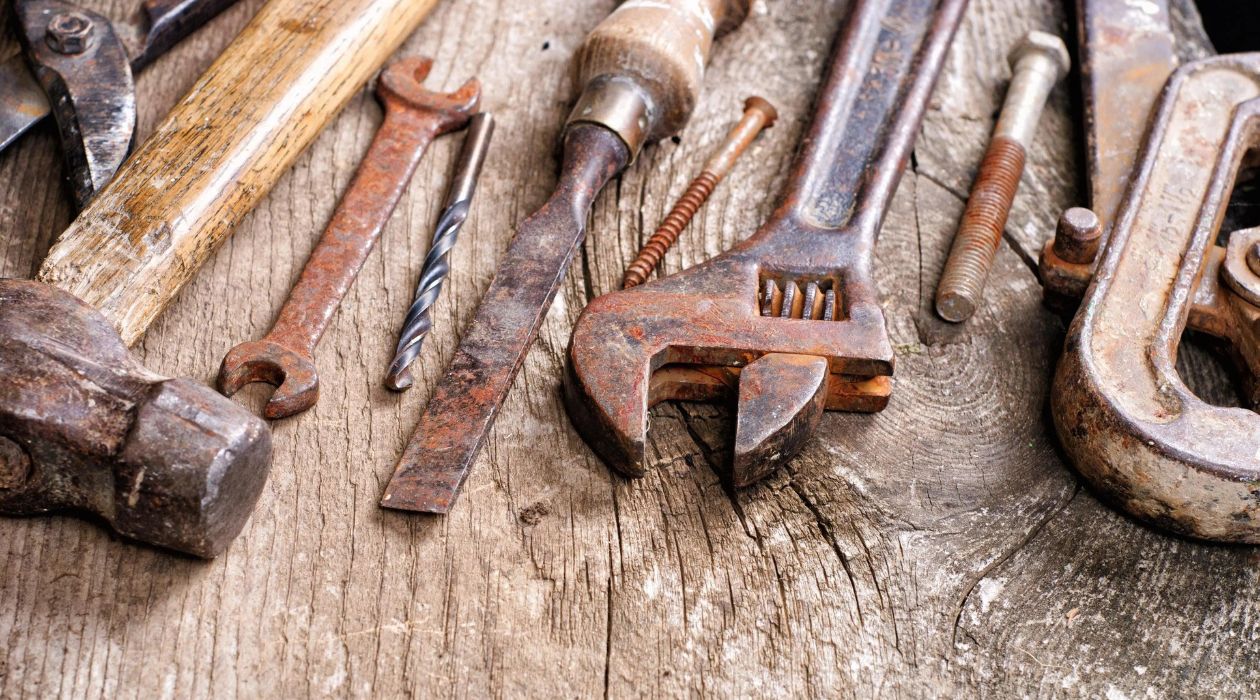

Articles
What Is The Best Way To Keep Hand Tools From Rusting
Modified: March 3, 2024
Discover effective articles that reveal the best methods to prevent hand tools from rusting, ensuring longevity and reliability.
(Many of the links in this article redirect to a specific reviewed product. Your purchase of these products through affiliate links helps to generate commission for Storables.com, at no extra cost. Learn more)
Introduction
Hand tools are essential for various tasks, whether it’s fixing a leaky faucet or building a piece of furniture. However, one common issue that many tool owners face is rust. Rust not only affects the appearance of your hand tools but also compromises their functionality and lifespan. Fortunately, there are several effective ways to prevent rusting and keep your hand tools in optimal condition. In this article, we will explore the best methods to protect your hand tools from rust and extend their longevity.
Key Takeaways:
- Prevent rust on hand tools by cleaning, drying, and applying protective coatings. Store tools in a dry environment and use silica gel packs to absorb moisture. Regular inspection and maintenance are crucial for rust prevention.
- Understanding the causes of rust on hand tools is essential for effective prevention. Moisture, improper storage, and exposure to corrosive substances are common culprits. Implement preventive measures to keep tools rust-free and in optimal condition.
Read more: How To Keep A Fire Pit From Rusting
Understanding Rust
Before delving into the prevention methods, it’s important to understand what rust is and how it occurs. Rust, scientifically known as iron oxide, is a natural process that happens when iron or steel comes into contact with oxygen and moisture. When these elements react, they create a chemical reaction that results in the formation of rust.
Rust is not only unattractive, but it can also weaken the structure of your hand tools. It forms a reddish-brown crust on the surface, and if left untreated, it can eat away at the metal, causing it to become brittle and prone to breakage. Rust can also interfere with the smooth operation of hinges, blades, and other moving parts, rendering the tool ineffective.
To prevent rust from damaging your hand tools, it’s crucial to identify the causes and take proactive measures to protect them. Let’s explore some common causes of rust on hand tools.
Causes of Rust on Hand Tools
Several factors contribute to the development of rust on hand tools. Understanding these causes can help you take the necessary precautions to prevent rusting. Here are some common culprits:
- Moisture and Humidity: Exposure to moisture is the primary cause of rust on hand tools. When tools are left in a damp environment or come into contact with liquids, the water reacts with the metal and promotes rust formation. High humidity levels can also accelerate the rusting process.
- Improper Storage: Storing hand tools in a location prone to moisture, such as a basement or an outdoor shed, increases the risk of rust. Tools left in direct contact with the ground or stored in a jumbled manner can accumulate moisture and lead to rusting.
- Lack of Cleaning and Maintenance: Neglecting to clean and maintain your hand tools allows dirt, debris, and moisture to build up, leading to rust formation. Regular cleaning and maintenance help remove any contaminants that can contribute to rust.
- Cutting through Corrosive Materials: When using hand tools to cut through materials that contain corrosive substances, such as acids or chemicals, the metal can be compromised, making it more susceptible to rusting.
- Exposure to Salt: If your hand tools come into contact with saltwater or salt-laden air, such as in coastal areas, it can accelerate the rusting process. Salt acts as a catalyst, promoting the chemical reaction that leads to rust formation.
Now that we understand the common causes of rust on hand tools, let’s explore the best ways to prevent this issue and keep your tools in optimal condition.
The Best Ways to Prevent Rusting
Preventing rust on your hand tools requires a combination of proactive measures and regular maintenance. By following these best practices, you can significantly reduce the risk of rust formation and ensure that your tools stay in excellent condition:
- Cleaning and Drying: After each use, thoroughly clean your hand tools to remove any dirt, debris, or moisture. Use a brush or a cloth to scrub off any residue, and if necessary, use a mild detergent. Once cleaned, ensure that the tools are completely dry before storing them.
- Applying a Protective Coating: Applying a protective coating on your hand tools can create a barrier against moisture and oxygen, preventing rust formation. There are various options available, such as mineral oil, silicone-based sprays, or specialized rust preventatives. Apply the coating according to the manufacturer’s instructions.
- Storing in a Dry Environment: Choosing the right storage location for your hand tools is crucial in preventing rust. Opt for a dry and well-ventilated area where moisture is minimal. Consider using a toolbox, cabinet, or pegboard to keep tools organized and protected from the elements.
- Using Silica Gel Packs: Silica gel packs are commonly found in packages to absorb moisture and maintain dryness. Placing a few of these packs in your tool storage area or toolbox can help reduce moisture levels and prevent rust formation.
- Regular Inspection and Maintenance: Periodically inspect your hand tools for any signs of rust or damage. If you notice any rust spots, use a wire brush or sandpaper to gently remove them before applying a fresh protective coating. Additionally, check for loose or worn-out parts and replace them as needed.
By incorporating these preventive measures into your tool maintenance routine, you can ensure that your hand tools remain rust-free and in good working condition for years to come.
Cleaning and Drying
Cleaning your hand tools after each use and ensuring they are thoroughly dried is vital in preventing rust formation. Here are some guidelines to follow:
- Remove Dirt and Debris: Use a brush or cloth to remove any dirt, dust, or debris from the surface of your hand tools. Pay attention to hard-to-reach areas and crevices where moisture can accumulate.
- Use Mild Detergent, if Necessary: For tools that are particularly dirty, you can use a mild detergent to help remove stubborn grime. Make sure to rinse off the detergent thoroughly to avoid any residue that may contribute to rusting.
- Dry Thoroughly: After cleaning, ensure that your hand tools are completely dry before storing them. Use a clean cloth or paper towel to remove any moisture. Leaving even a small amount of moisture on the tools can promote rust formation.
- Air-Dry in a Well-Ventilated Area: If possible, it’s best to let your hand tools air-dry in a well-ventilated area. This allows any residual moisture to evaporate completely, reducing the risk of rust.
Remember, moisture is the primary enemy when it comes to rust formation. By taking the time to clean and dry your hand tools properly, you are actively preventing the conditions that lead to rust. This simple yet effective step can go a long way in maintaining the longevity and performance of your tools.
After using hand tools, wipe them down with a clean, dry cloth to remove any moisture. Store them in a dry area with low humidity, and consider using a rust-preventative spray or coating.
Read more: How To Keep Patio Furniture From Rusting
Applying a Protective Coating
One of the most effective ways to prevent rust on hand tools is by applying a protective coating. A protective coating creates a barrier between the metal surface of the tool and the moisture in the environment. Here are some options for protective coatings:
- Mineral Oil: Mineral oil is a common and affordable option for protecting hand tools from rust. Apply a thin coat of mineral oil to the metal surfaces using a clean cloth. The oil helps to repel moisture and prevents oxidation.
- Silicone-Based Sprays: Silicone-based sprays are designed specifically for rust prevention. These sprays create a thin, protective layer on the metal, inhibiting moisture from reaching the surface. Follow the manufacturer’s instructions when applying the spray.
- Rust Preventatives: There are various rust preventatives available in the market, such as rust inhibitor sprays or rust-resistant coatings. These products are specifically formulated to provide long-lasting protection against rust. Apply them according to the manufacturer’s instructions.
When applying a protective coating, ensure that the entire metal surface of the tool is covered. Pay extra attention to any crevices or hard-to-reach areas where moisture may accumulate. It’s important to reapply the protective coating periodically, especially if the tool is exposed to harsh environmental conditions or used frequently.
By applying a protective coating, you are creating a shield that guards against rust formation. This additional layer of protection significantly reduces the risk of your hand tools succumbing to corrosion and keeps them in optimal condition for extended periods.
Storing in a Dry Environment
The way you store your hand tools plays a crucial role in preventing rust formation. Storing them in a dry environment is essential to keep moisture at bay. Here are some tips for storing your hand tools in a dry environment:
- Choose a Dry Location: Select a storage area that is dry and well-ventilated. Avoid areas prone to moisture, such as basements, garages with high humidity, or outdoor sheds that may be susceptible to rain or condensation.
- Elevate from the Ground: Keep your hand tools off the floor or any other surface that may accumulate moisture. Use shelves, racks, or hooks to store the tools, ensuring they are elevated from the ground to minimize contact with dampness.
- Avoid Clutter: A cluttered storage area can lead to increased humidity levels and hinder airflow. Keep your tools organized and avoid overcrowding to promote proper air circulation, reducing the risk of moisture buildup.
- Use Desiccants: Desiccants, such as silica gel packs, are designed to absorb moisture and maintain dryness. Place a few desiccant packs in your tool storage area or toolbox to help reduce humidity levels and prevent rust formation.
- Consider Climate Control: If you live in an area with high humidity or extreme temperature fluctuations, consider investing in a climate-controlled storage solution. These storage units regulate temperature and humidity, providing an ideal environment for preventing rust on your hand tools.
By storing your hand tools in a dry environment, you can greatly minimize the risk of moisture accumulation and subsequent rust formation. A dry storage area ensures that your tools stay in optimal condition, ready for use whenever you need them.
Using Silica Gel Packs
Silica gel packs are a simple and effective tool for preventing rust on your hand tools. These small packets contain silica gel beads that are designed to absorb moisture from the surrounding environment. Here’s how you can use silica gel packs to protect your tools:
- Place Silica Gel Packs in Tool Storage: Insert a few silica gel packs into your tool storage area, toolbox, or any containers where you keep your hand tools. Make sure the packs are evenly distributed to maximize their moisture-absorbing capabilities.
- Replace Silica Gel Packs Regularly: Silica gel packs can absorb moisture for a certain period before becoming saturated. It’s important to replace them regularly to maintain their effectiveness. Check the packs periodically and replace them when they change color or feel damp.
- Rejuvenate Silica Gel Packs: Instead of discarding used silica gel packs, you can rejuvenate them for reuse. Place the packs in an oven-safe container and bake them at a low temperature, typically around 250°F (120°C), for a few hours to remove the absorbed moisture. Let them cool before reusing them.
- Use Silica Packets with Indicator: Some silica gel packs come with moisture indicator beads that change color when the pack becomes saturated. This allows you to easily monitor the effectiveness of the packs and replace them as needed.
Using silica gel packs in your tool storage area helps to reduce humidity and prevent moisture accumulation. By absorbing excess moisture, these packs create a drier environment that significantly reduces the risk of rust formation on your hand tools.
Note: While silica gel packs are generally safe to use, it’s important to keep them out of reach of children and pets. Avoid ingesting the gel beads, as they may pose a choking hazard.
Regular Inspection and Maintenance
Regular inspection and maintenance are crucial in preventing rust formation on your hand tools. By regularly checking and maintaining your tools, you can catch any early signs of rust and address them promptly. Here are some guidelines for effective inspection and maintenance:
- Inspect for Rust: Regularly examine your hand tools for any signs of rust. Pay close attention to areas that are prone to moisture or exposed to corrosive substances. If you spot any rust spots, take immediate action to remove them before they spread.
- Remove Rust: Use a wire brush or sandpaper to gently remove rust spots from the surface of your hand tools. Be careful not to scratch the metal or remove any protective coatings. After removing the rust, clean the tool thoroughly and apply a fresh protective coating.
- Check for Loose or Worn Parts: Inspect your tools for any loose or worn-out parts that may compromise their functionality or contribute to rust formation. Tighten screws, bolts, or other fasteners if necessary, or replace them with new ones if they are damaged.
- Apply Lubrication: Lubrication can help prevent friction and corrosion, keeping your tools in optimal condition. Apply a small amount of lubricating oil to movable parts, such as hinges or locking mechanisms, to ensure smooth operation and reduce the risk of rust.
- Store Tools Properly: After inspecting and maintaining your hand tools, make sure to store them properly as mentioned in the earlier point. This will help preserve their condition and minimize the risk of rusting when not in use.
Regular inspection and maintenance not only help prevent rust on your hand tools but also extend their overall lifespan. By keeping a close eye on your tools and addressing any issues promptly, you can ensure that they remain in good working order and are protected against rust for years to come.
Conclusion
Rust is a common enemy of hand tools, but with proper care and preventive measures, you can keep your tools free from this destructive force. By following the best practices outlined in this article, you can significantly reduce the risk of rust formation and ensure that your hand tools remain in optimal condition for years to come.
Start by understanding the nature of rust and its causes on hand tools. Moisture and humidity are the primary culprits, but improper storage, lack of cleaning, exposure to corrosive substances, and contact with salt can also accelerate rusting. By addressing these factors, you can actively prevent rust formation.
The best ways to prevent rusting include cleaning and drying your hand tools after each use, applying a protective coating to create a barrier against moisture, storing your tools in a dry environment, using silica gel packs to absorb moisture, and regularly inspecting and maintaining your tools.
Cleaning and drying hand tools help remove moisture and debris, while a protective coating offers an additional layer of defense. Storing tools in a dry environment, using silica gel packs, and regular inspection and maintenance are all important steps to minimize the risk of rust formation.
Remember, prevention is key when it comes to rust. By incorporating these practices into your tool maintenance routine, you can protect your hand tools from the damaging effects of rust, increase their longevity, and ensure they are always ready for use when you need them.
So, start implementing these measures today and enjoy the satisfaction of using rust-free and well-maintained hand tools that will serve you well in your various tasks and projects.
Frequently Asked Questions about What Is The Best Way To Keep Hand Tools From Rusting
Was this page helpful?
At Storables.com, we guarantee accurate and reliable information. Our content, validated by Expert Board Contributors, is crafted following stringent Editorial Policies. We're committed to providing you with well-researched, expert-backed insights for all your informational needs.
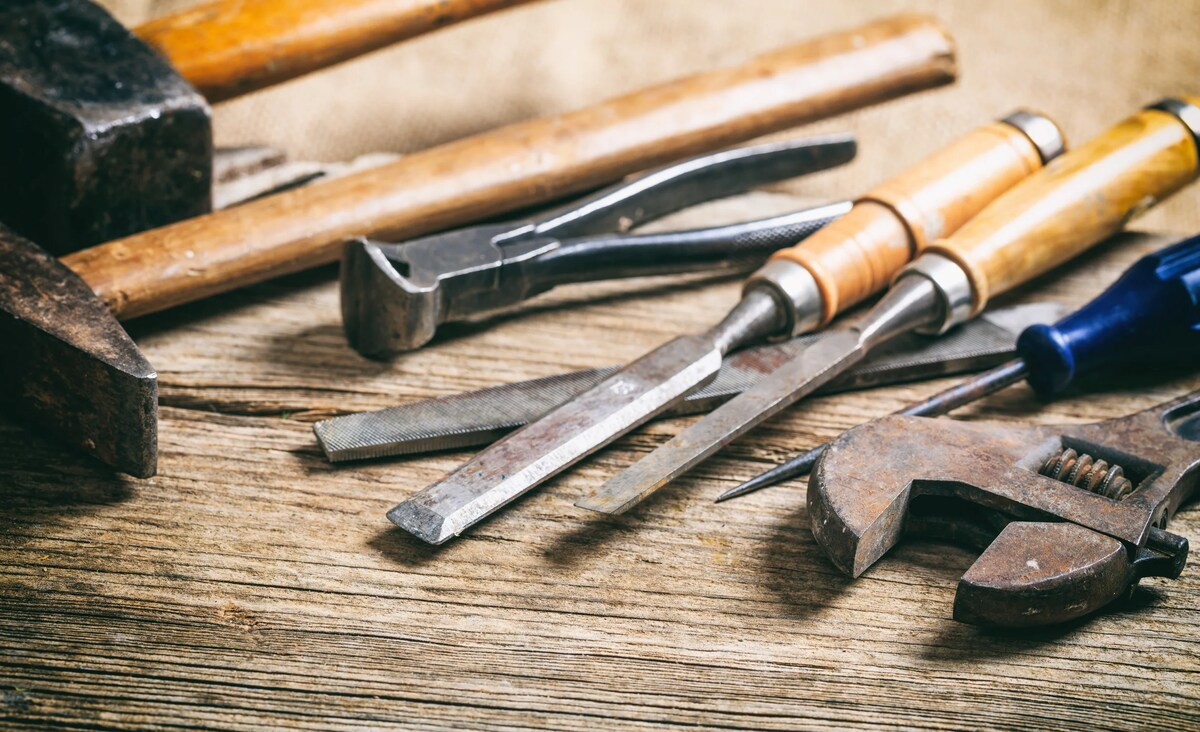
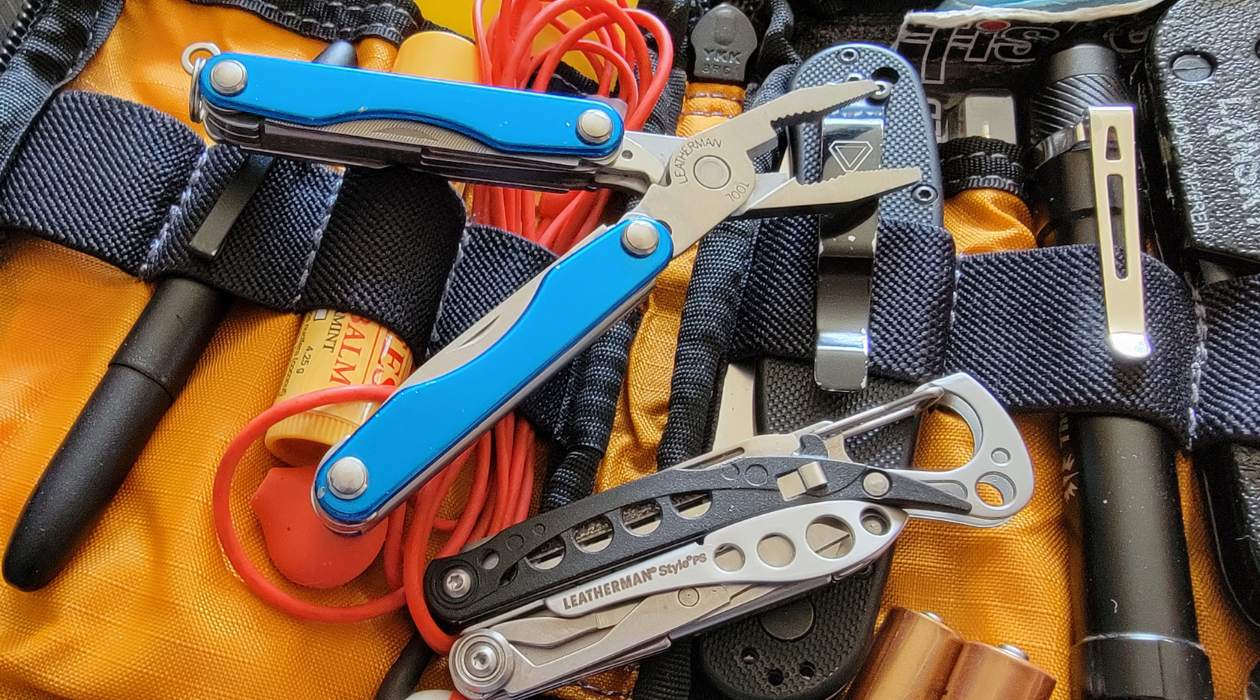
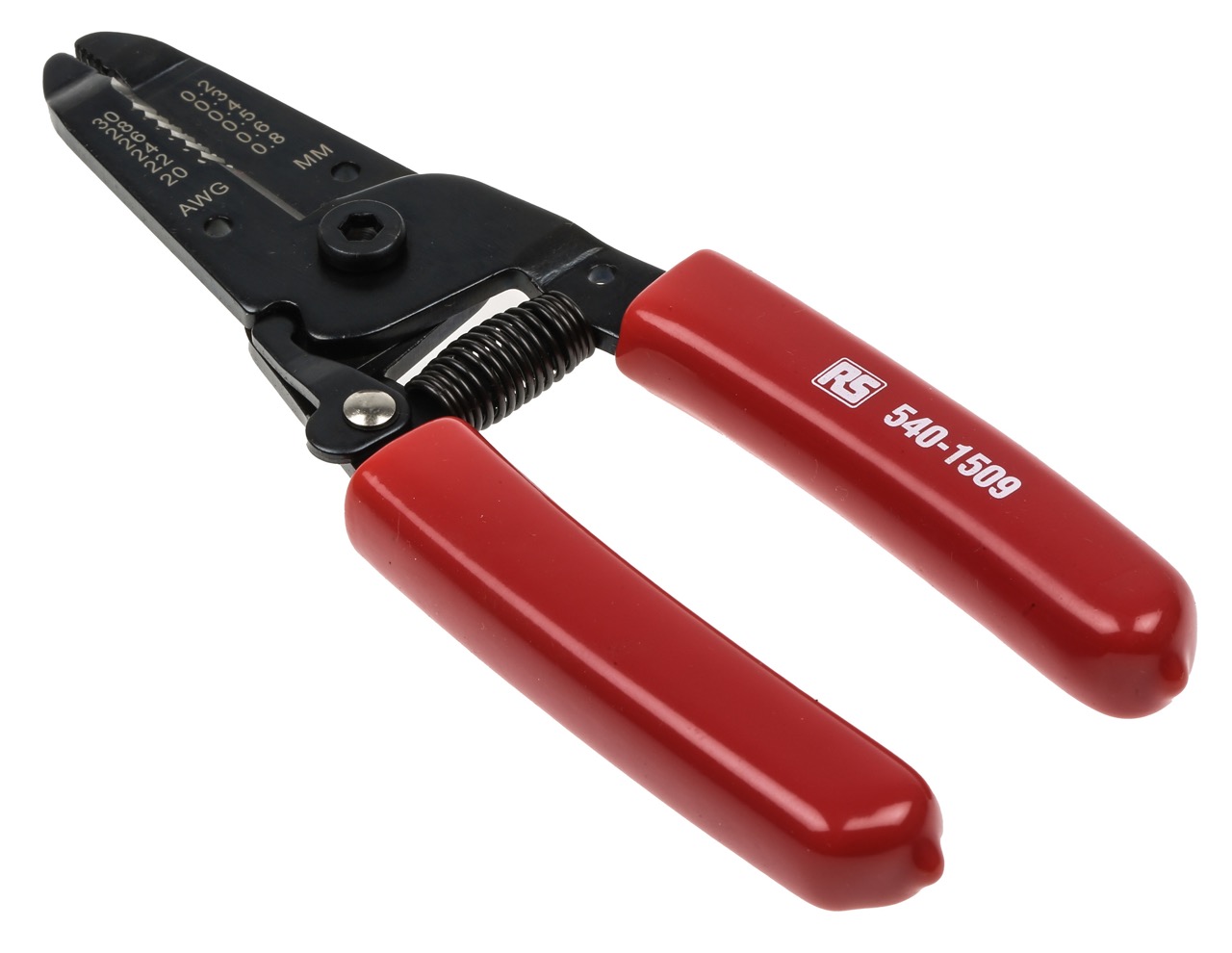
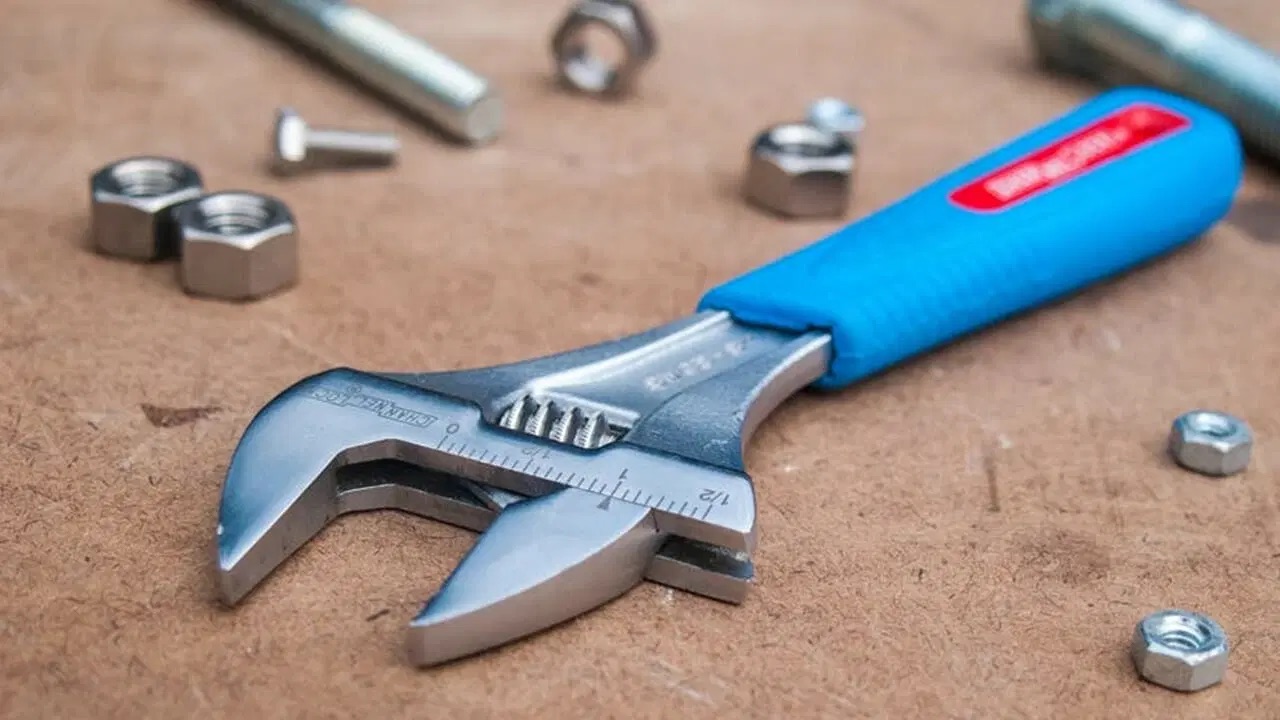
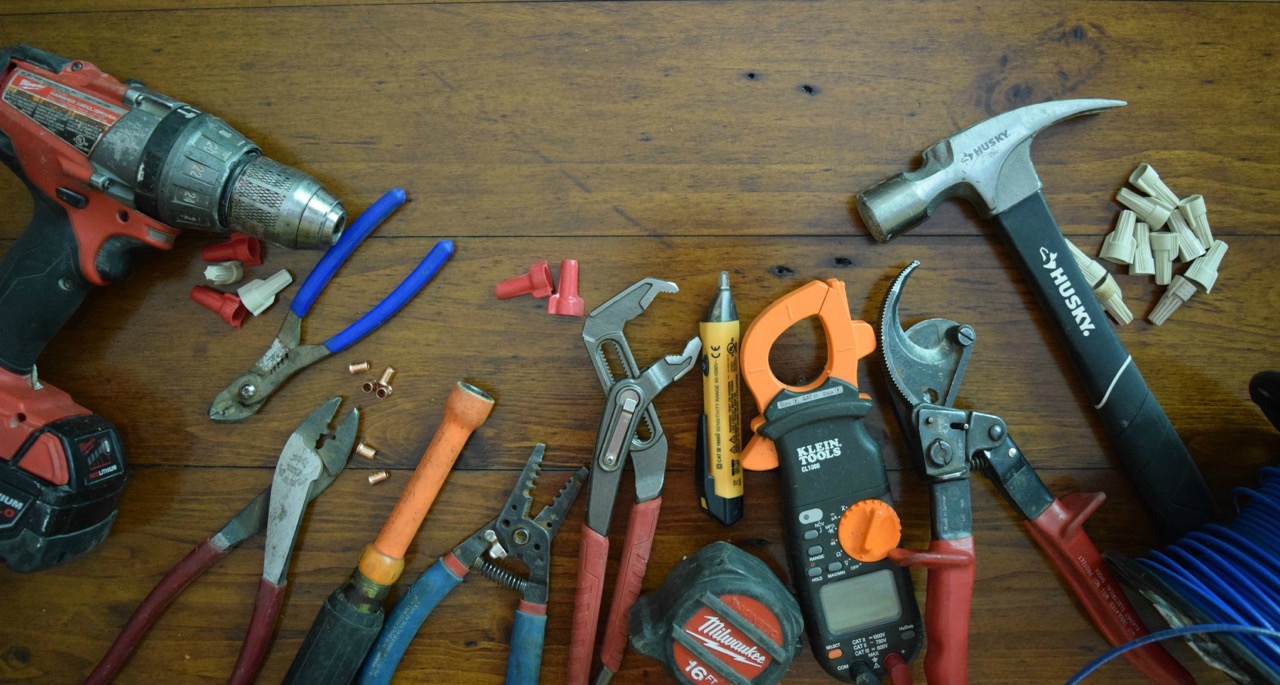
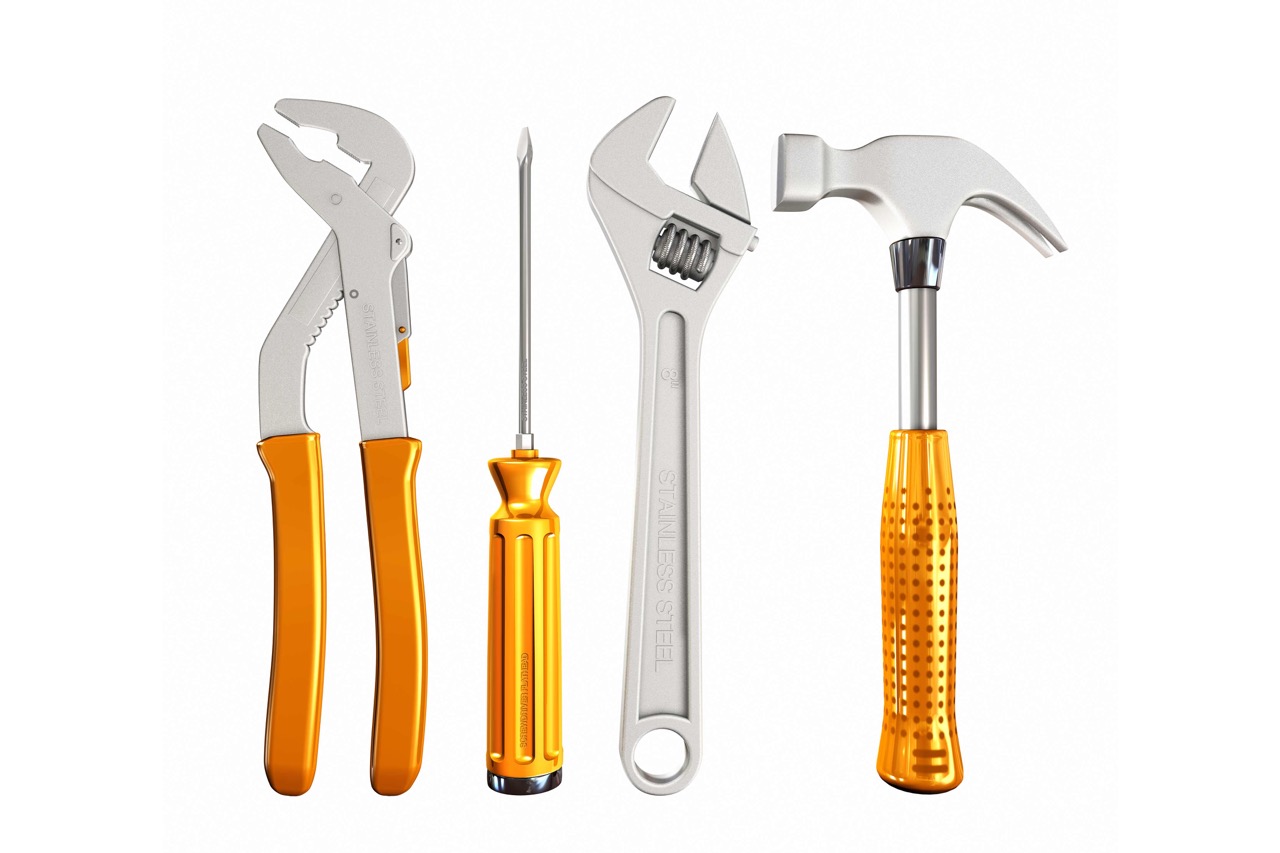
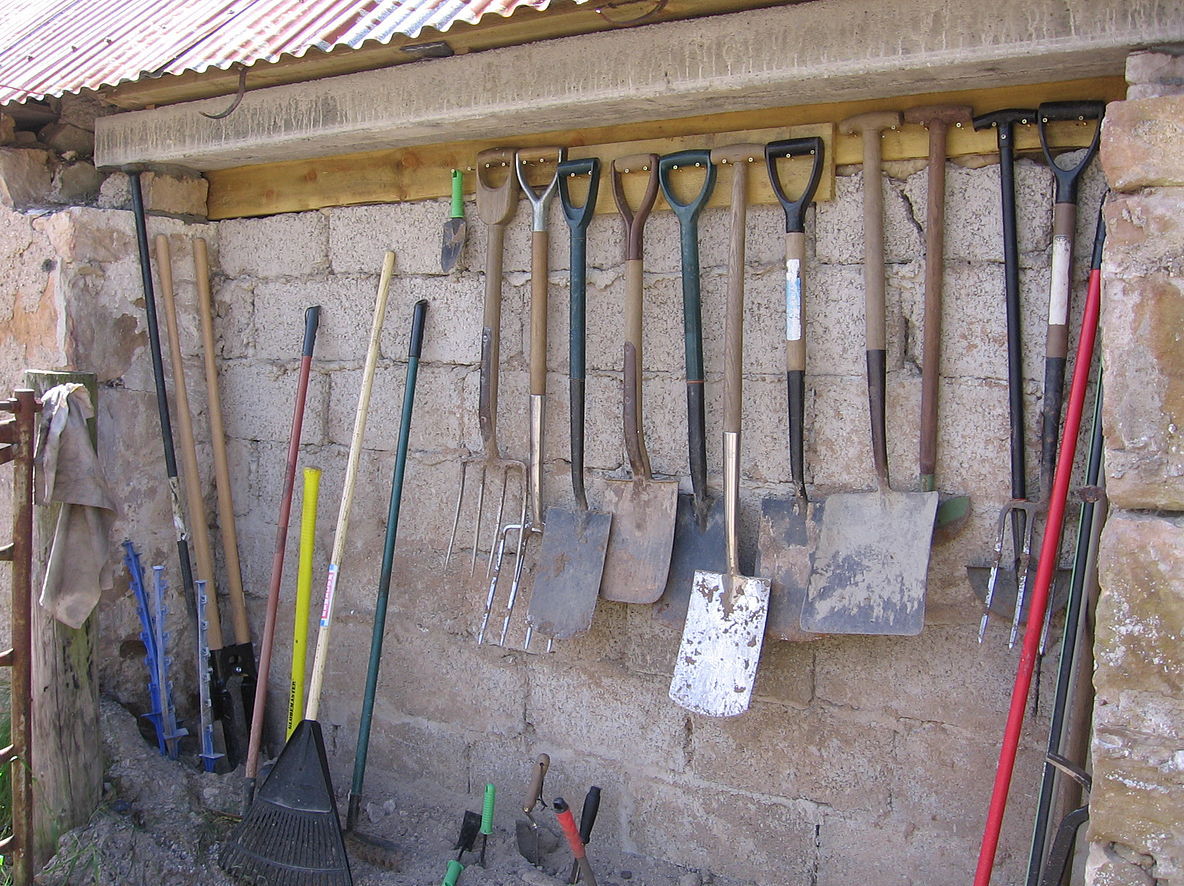
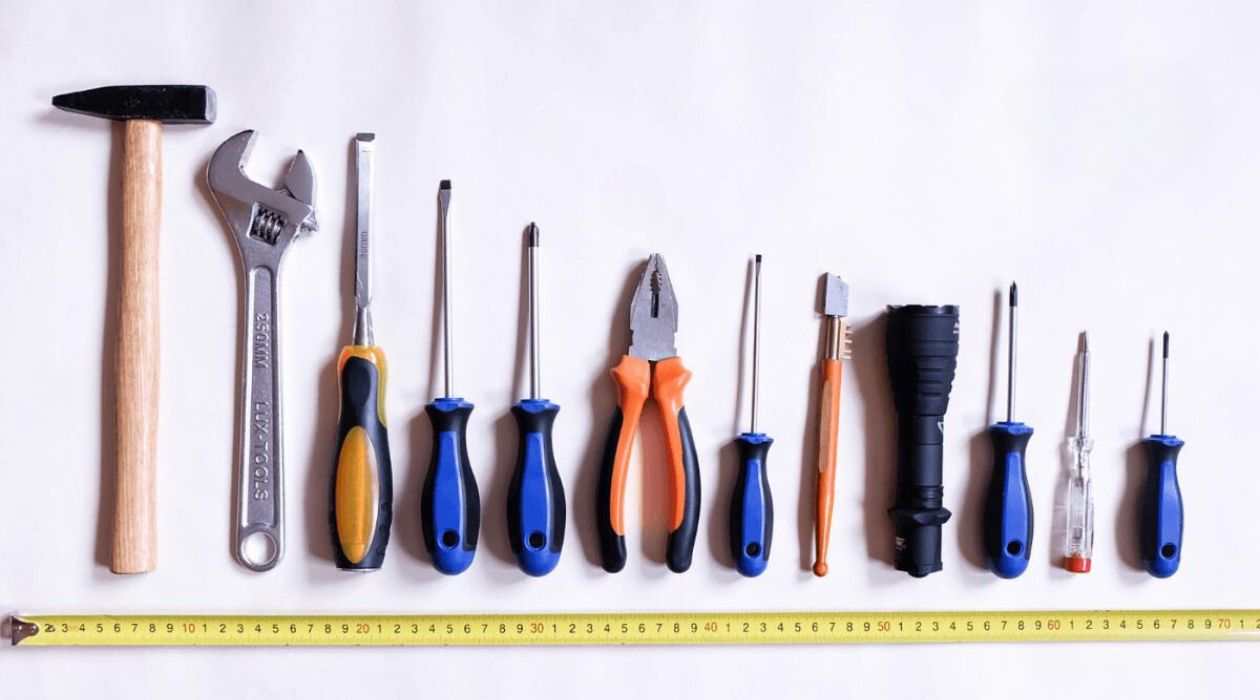




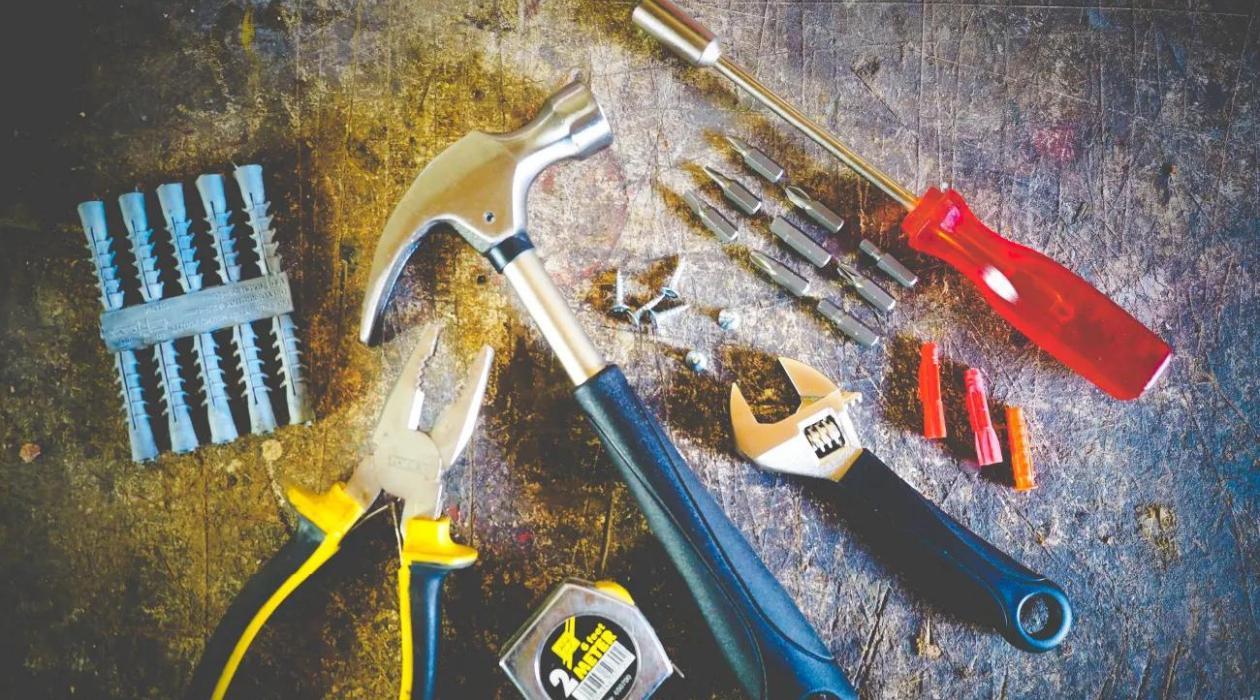

0 thoughts on “What Is The Best Way To Keep Hand Tools From Rusting”